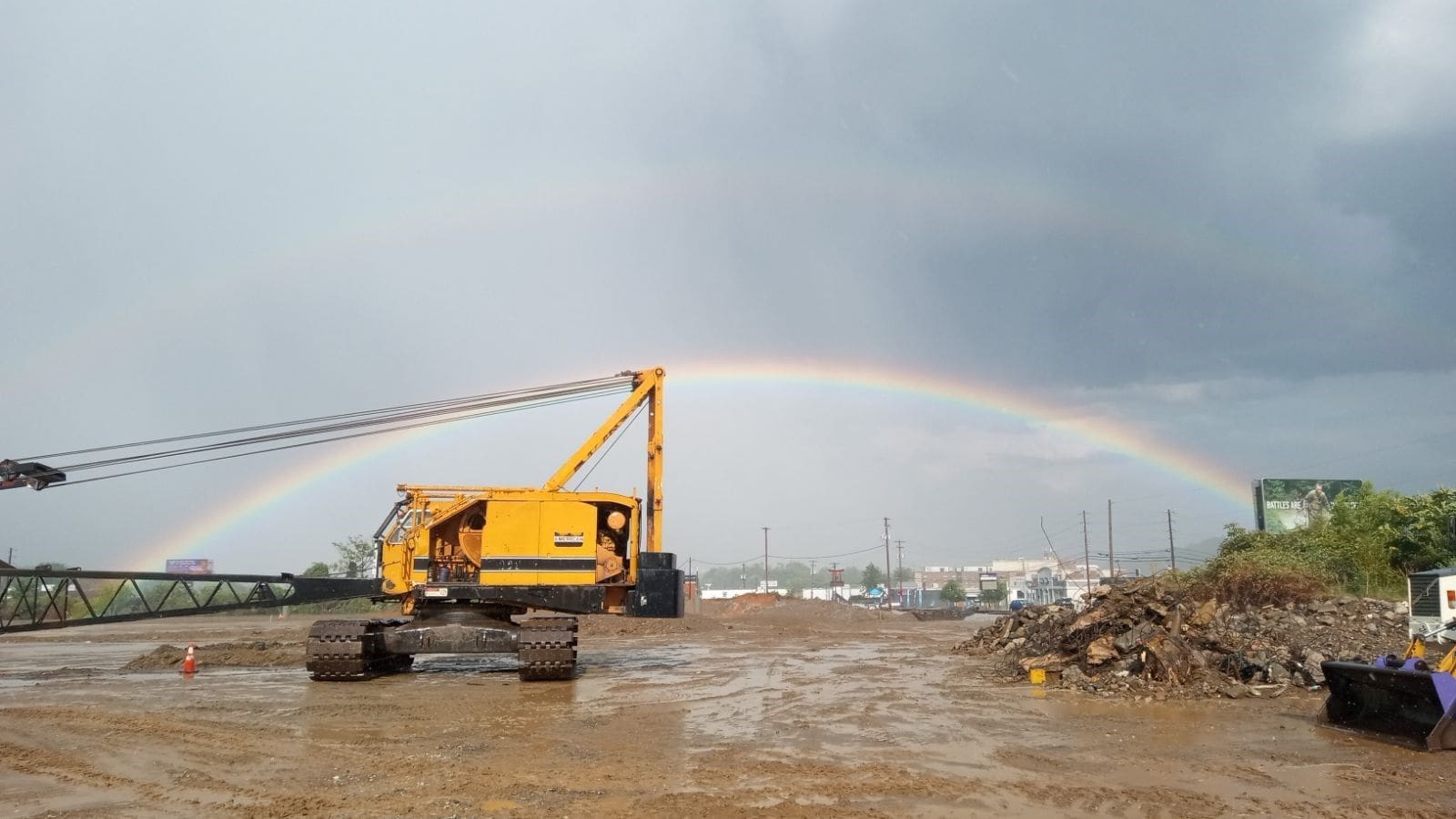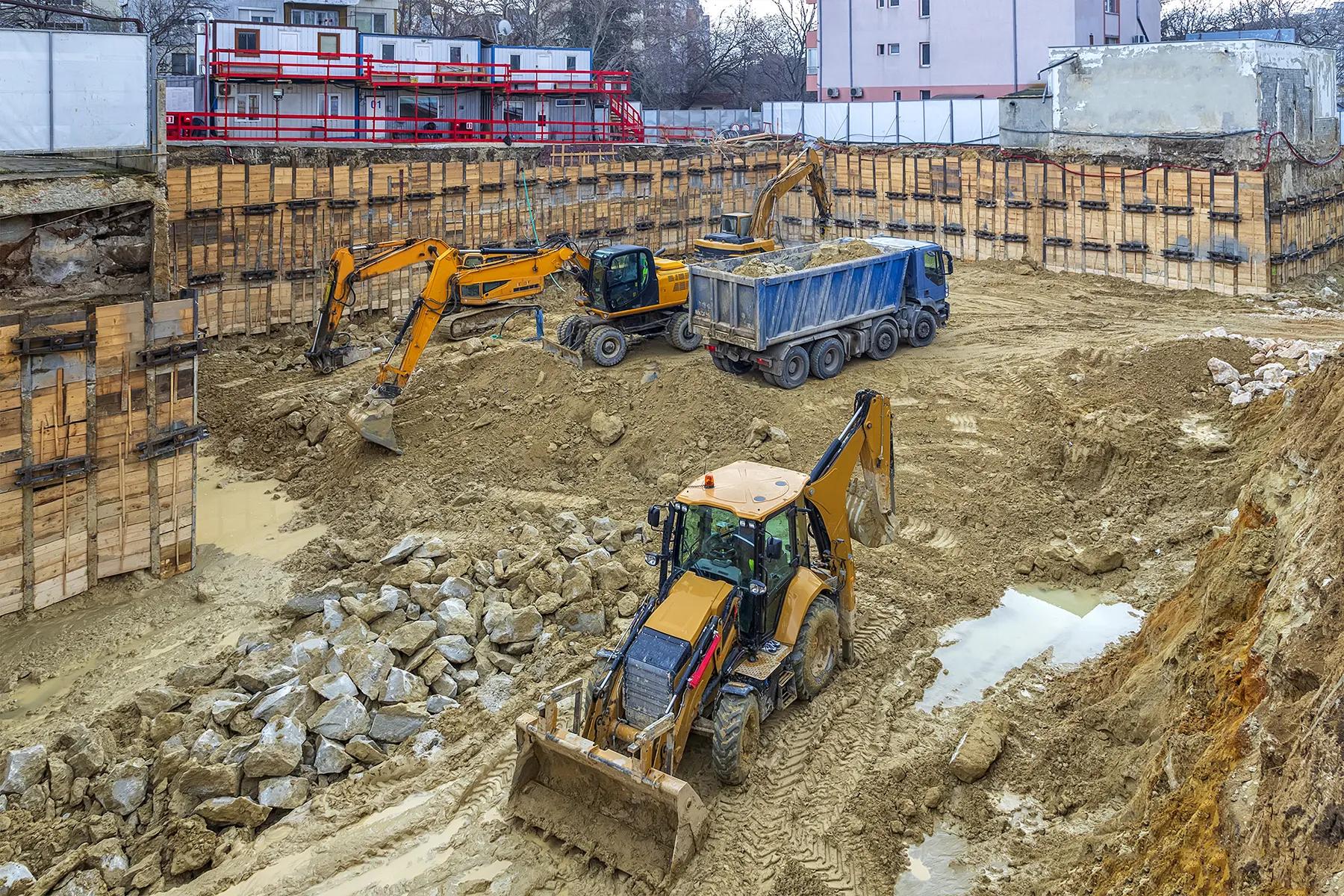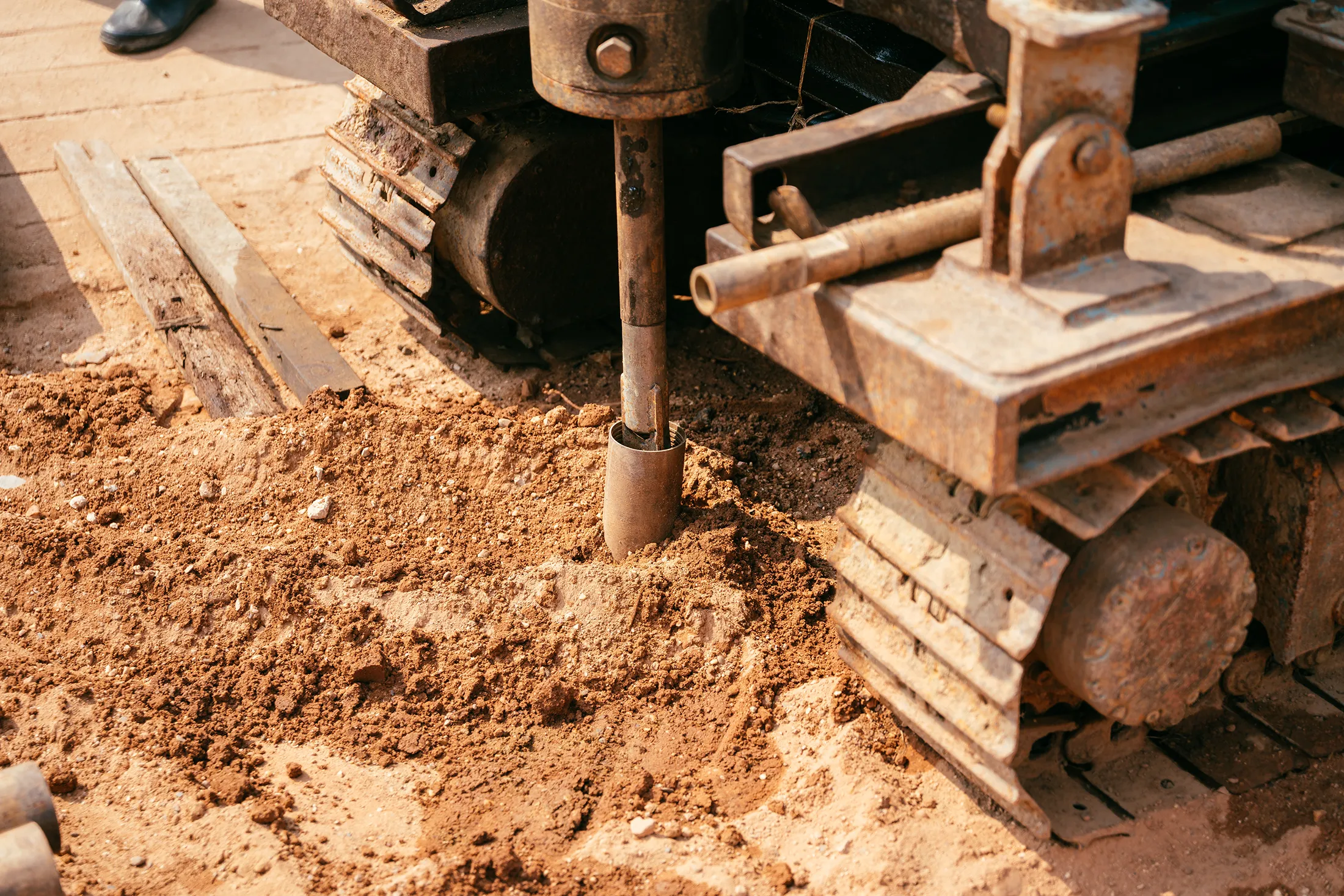
Cost-Benefit Analysis of Ground Improvement Services in Infrastructure Projects
Introduction
Infrastructure projects such as roads, bridges, airports, and ports require more than careful planning. They demand solid, stable ground. Many construction sites begin with soils that are too weak, too loose, or too inconsistent to support long-term structural integrity. This is where ground improvement services become essential.
In this blog, we explore the cost-benefit analysis of using ground improvement methods such as dynamic compaction and soil densification. We will compare these to traditional approaches, highlight how they reduce project risks and costs, and explain how Densification Inc. helps developers make smart, site-specific decisions.
Did you know ground improvement can often reduce or eliminate the need for deep foundations? This results in major savings on materials, labor, and long-term maintenance. By investing in the subsurface early, project teams can build faster, safer, and more cost-effectively. Addressing poor soils before vertical construction begins is one of the smartest ways to protect structural performance and reduce rework down the line.
1. The Financial Risks of Building on Unstable Ground
Weak soils can cause serious and costly problems before a project even begins. Common risks include:
- Higher chances of settlement or structural failure
- Increased insurance and warranty costs due to uncertainty
- Delays and unexpected change orders from unforeseen conditions
- Costly foundation systems are required to bypass unsuitable soils
In addition to structural concerns, poor soil conditions can also create liability issues and negatively affect project credibility. Using ground improvement services such as dynamic compaction resolves these concerns at the soil level, creating a stable foundation for safer design decisions and construction sequencing.
2. Comparing Ground Improvement to Traditional Alternatives
When weighing costs and outcomes, soil densification and dynamic compaction often deliver better long-term value than traditional foundation methods.
Traditional methods often include:
- Driven piles or drilled caissons
- Excavation and soil replacement
- Overdesigning structures to compensate for weak soils
Benefits of ground improvement:
- Cost savings ranging from 20 to 40 percent, depending on site conditions
- Faster equipment mobilization and installation
- Reduced need for hauling in or hauling out materials
- Sustainable use of existing soil with fewer environmental impacts
- Fewer inspections and simpler construction timelines
While traditional methods are widely used, they often require more coordination, longer schedules, and greater environmental disruption. Ground improvement minimizes site disturbance and supports leaner, more resilient project designs.
3. Key Value Drivers of Dynamic Compaction
Dynamic compaction is a high-energy technique that strengthens soil by dropping heavy weights from controlled heights. It is especially valuable for infrastructure projects.
Its main value drivers include:
- Depth of treatment up to 30 feet with no excavation
- Higher load-bearing capacity that reduces foundation demand
- Versatility for large areas such as highways and terminals
- Long-term cost savings due to lower maintenance needs
- Reduced or eliminated use of pile driving in many soils
Dynamic compaction is ideal for treating granular and non-cohesive soils that are common in many infrastructure corridors. By densifying soils across wide zones, it supports uniform settlement control and load distribution, which are critical for transportation and utility projects.
4. Real World Applications in Infrastructure Projects
Ground improvement services have been successfully applied across a wide range of infrastructure projects. Examples include:
- Airports and transit hubs for stable runways and rail lines
- Highways and interchanges for firm embankments and overpass areas
- Ports and shipping yards for compacted reclaimed land
- Warehouses and logistics centers for uniform support under slabs
- Power stations and substations for safe equipment foundations
Densification Inc. helps clients assess the unique soil and loading conditions at each site. Their expertise allows infrastructure teams to implement scalable solutions that support safety, budget goals, and long-term system reliability.
5. Densification Inc. Delivers Turnkey Value
Densification Inc. is committed to helping clients reduce costs without compromising quality. Their turnkey ground improvement services include:
- Detailed site evaluations and soil testing
- Custom drop pattern planning based on soil types
- Vibration control plans for surrounding structures
- Testing and verification after compaction is complete
- Reliable delivery across the United States, the Caribbean, and international markets
With a team of experts and a client-focused process, Densification Inc. ensures that each plan aligns with the project’s design goals, schedule, and budget. Their ability to provide start-to-finish support gives contractors and developers peace of mind and better project predictability.
Conclusion: Ground Stability That Pays Off
Choosing ground improvement services at the beginning of a project can help avoid costly problems down the road. Compared to deep foundation systems, solutions such as dynamic compaction and soil densification deliver faster timelines, lower costs, and long-lasting soil stability.
Key takeaway: When your ground is stable, your budget stays in control. With guidance from Densification Inc., you can reduce risk and build with confidence from the ground up.
Ready to discover how ground improvement can improve your project’s bottom line
Contact Densification Inc. to schedule a consultation or explore our full capabilities to see how we support infrastructure across the United States and beyond.
Want to dive deeper into how ground improvement works in the field?
Check out our post on ground improvement services and dynamic compaction best practices.











